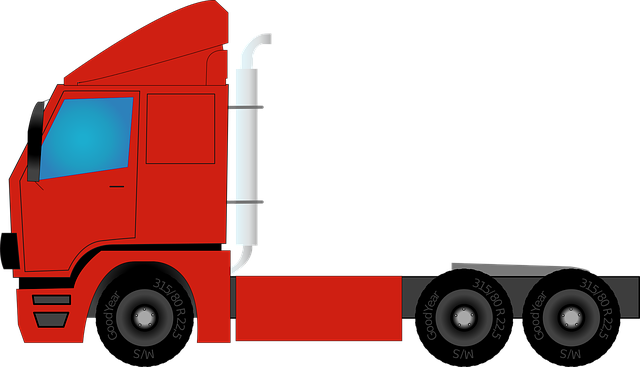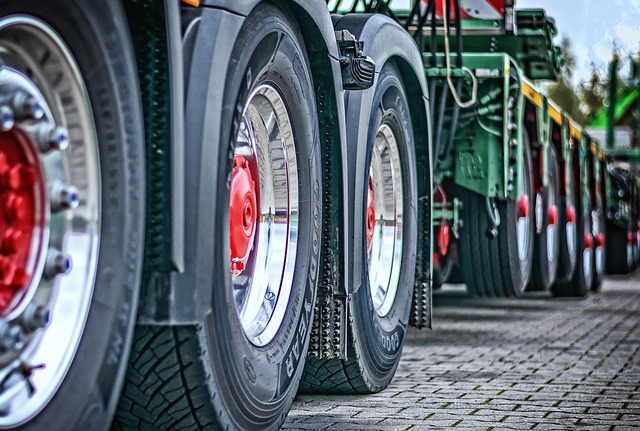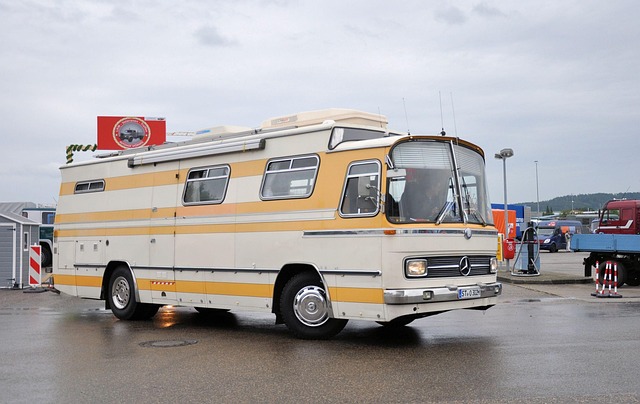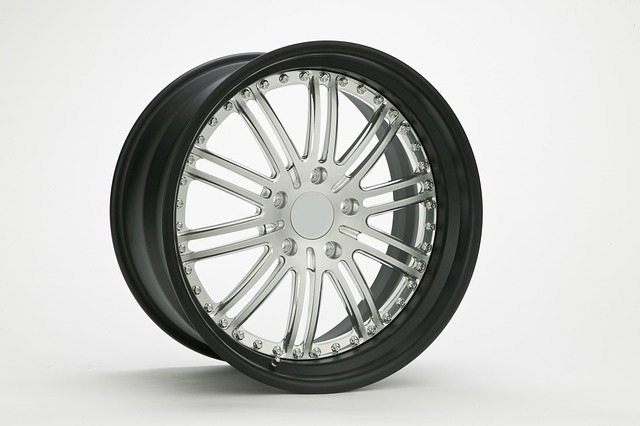Looking to register your car in California? This comprehensive guide walks you through the entire process, from gathering essential documents to visiting the DMV and verifying your vehicle’s identity using a dmv VIN verifier. We’ll also cover paying registration fees and receiving your custom plates. By following these steps, you’ll ensure a smooth and efficient car registration experience in the Golden State.
- Understanding the California Car Registration Process
- Gather Required Documents for Car Registration
- Visit the DMV: Step-by-Step Guide to Registration
- Verify Your Vehicle's Identity (VIN) and History
- Pay Registration Fees and Receive Your Plates
Understanding the California Car Registration Process

In California, registering your car involves a straightforward process that begins with gathering necessary documents and ensuring your vehicle meets state safety standards. The first step is to obtain a Vehicle Identification Number (VIN) verification from a trusted source, such as a reputable dmv vin verifier or through a mobile vin inspection. This critical step ensures the accuracy of your vehicle’s details and facilitates a swift registration process.
Once you have your VIN verified, you can visit any California Department of Motor Vehicles (DMV) office to initiate the registration. Bring along essential documents like proof of ownership, valid identification, and any required fees. The DMV will inspect your vehicle to confirm it complies with safety regulations, including emission standards, before issuing a registration certificate, which is typically valid for one to three years, depending on your vehicle type.
Gather Required Documents for Car Registration

Before you start the registration process, make sure you have all the necessary documents ready. The California Department of Motor Vehicles (DMV) requires a range of paperwork to ensure a smooth and legitimate car registration. One crucial document is the Vehicle Identification Number (VIN) verifier, which can be obtained through a mobile vin inspection or by visiting a DMV office for a traditional vin inspection. This unique identifier is essential as it verifies the vehicle’s make, model, year, and other critical specifications.
Additionally, you’ll need proof of ownership, typically in the form of a title document, along with valid identification such as a driver’s license or state-issued ID card. Insurance is another mandatory requirement, so ensure you have a current policy in place. Gather these documents to streamline the registration process and avoid any potential delays at the DMV.
Visit the DMV: Step-by-Step Guide to Registration

Visit the DMV office or use their online services to initiate the registration process. The first step involves gathering essential documents, including your vehicle’s Certificate of Title (if applicable), proof of insurance, and a valid driver’s license. You’ll also need to provide the Vehicle Identification Number (VIN) which can be found on the vehicle’s dashboard or in its manual. Use a reliable DMV VIN verifier to ensure you have the correct details.
Follow these straightforward steps:
1. Head to your nearest DMV office with all required documents.
2. Fill out the registration application form, providing accurate information about your vehicle.
3. Present your car for inspection, where an officer will verify the VIN using a mobile VIN verifier to ensure it matches the records.
4. Pay the registration fee, which varies based on your vehicle type and use.
5. Once approved, you’ll receive your new registration documents and license plate.
Verify Your Vehicle's Identity (VIN) and History

Before registering your car in California, it’s crucial to verify your vehicle’s identity through its unique Vehicle Identification Number (VIN). This critical step ensures that the car is what it claims to be and helps protect against fraud. You can confirm the VIN by checking the vehicle’s registration documents or by utilizing a DMV VIN verifier, which allows for a quick and easy mobile vin inspection.
A simple online search or an app-based mobile vin verification service can provide valuable insights into your car’s history, including previous owners, maintenance records, and any reported accidents. This information is essential when establishing the vehicle’s condition and ensuring it complies with California’s registration requirements.
Pay Registration Fees and Receive Your Plates

After submitting your application, the next step is to pay the registration fees. The California DMV charges a base fee for vehicle registration, which varies depending on the type of vehicle and its emissions status. Additional fees may apply if your car has modifications or specific requirements. You can typically pay online, by mail, or in person at a local DMV office. Once the payment is processed, the DMV will issue your unique California license plates. These plates are a crucial part of your vehicle’s identification and need to be displayed on your car at all times.
To ensure a smooth process, consider using a DMV VIN verifier or exploring mobile vin inspection/verification services. These options allow you to verify your vehicle’s information remotely, checking the Vehicle Identification Number (VIN) details against the DMV database. This can save time and effort, especially if you’re busy or unable to visit a physical location.
Registering a car in California involves several straightforward steps, from gathering essential documents to visiting a DMV office. By understanding the process and utilizing tools like a DMV VIN verifier, you can ensure a smooth registration experience. Remember to verify your vehicle’s identity and history, pay the required fees, and receive your personalized license plates to legally operate your vehicle on California roads.



